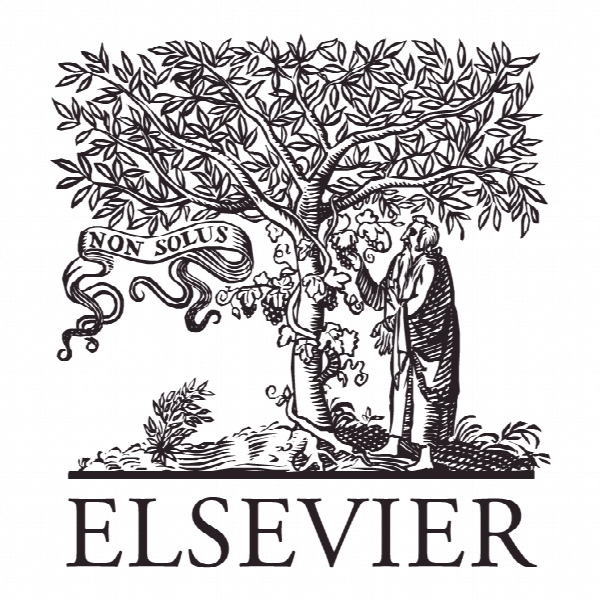بررسی تجربی رابطه بین پراکندگی غرامت اجرایی و عملکرد شرکت: نقش تعدیل کننده قدرت فناوری Empirical study on the relationship between executive compensation dispersion and firm performance: the moderating role of technology intensity
- نوع فایل : کتاب
- زبان : انگلیسی
- ناشر : Elsevier
- چاپ و سال / کشور: 2017
توضیحات
رشته های مرتبط مدیریت
گرایش های مرتبط مدیریت کسب و کار MBA
مجله مدیریت مالی چند ملیتی – Journal of Multinational Financial Management
دانشگاه دانشکده اقتصاد و مدیریت، صنعتی Xi’an، چین
نشریه نشریه الزویر
گرایش های مرتبط مدیریت کسب و کار MBA
مجله مدیریت مالی چند ملیتی – Journal of Multinational Financial Management
دانشگاه دانشکده اقتصاد و مدیریت، صنعتی Xi’an، چین
نشریه نشریه الزویر
Description
1. Introduction Executive compensation is the key topic of corporate governance in China which is receiving more and more attention from scholars across the world (Lam, McGuinness, & Vieito, 2013). Of all the important dimensions of executive compensation, i.e., executive compensation level, executive compensation–performance sensitivity, executive compensation dispersion (ECD) and executive–employees compensation gap, research conclusions on ECD in present literature are the most controversial. ECD, sometimes also termed as executive pay gap or CEO pay gap, mainly refers to the compensation difference between CEO and the other top executives, which also simultaneously reflects the compensation change caused by executives’ promotion (Lee, Lev, & Yeo, 2008). ECD itself and its effect on firm performance express the distribution pattern and distribution efficiency of total executive compensation, so it can be argued that ECD actually reflects both mechanisms of benefit incentive and career advancements (Hu, Pan, & Tian, 2013). ECD has key effects on top managers’ behavior and attitudes, which would make great significance to improve organizational performance. According to the opinion of Henderson and Fredrickson (2001), there are two main competing theoretical views on the topic of performance consequences of ECD, respectively organizational justice theory proposed by Adams (1963) from the behavioral view and tournament theory proposed by Lazear and Rosen (1981) from the economic view. Tournament theory argues that lager ECD can improve firm performance significantly due to the tournament incentive effect of ECD (Hu et al., 2013; Laura, 2000; Lee et al., 2008; Melton & Zone, 2000), while organizational behavioral theory argues that larger ECD would lead to executives turnover (Bloom & Michel, 2002) and poor firm performance (Siegel & Hambrick, 2005) due to executives’ feelings of being exploited or sense of unfairness caused by pay inequality within top management teams. Though the two theories both have con- firmed that the substantial influence of ECD upon firm performance does exist, it is obvious that, at present, scholars have not reached a consensus on the nature of the influence, i.e., positive performance consequences or negative performance consequences of ECD are still unclear. Based on the previous literature, it can be found that ECD is a double-edged sword which can improve or harm firm performance. That means the function mechanism of ECD’s performance consequences is complicated and it is difficult to grasp accurately. Logically inferring, ECD does have both positive effect argued by tournament theory and negative effect argued by behavioral theory on firm performance simultaneously, and each effect has its prerequisites for reaching a dominant position compared with the other effect. That is to say, different contingent factors will moderate the relative strength of the two opposite effects. Under certain condition, positive effect due to interpersonal competition and material incentive derived by higher ECD will overcome the negative effect, just as the facts that have been confirmed by the tournament theory literature; On the other hand, under other conditions, negative effect due to counterproductive behavior and dissatisfaction derived by higher ECD will exceed the positive effect, just as the results that have been proved by the behavioral theory literature. Consequently, for scholars, it is critical to find out such contingent factors and further investigate its moderating effect on the relationship between ECD and firm performance. This study takes technology intensity as the critical contingent variable and tries to discuss the moderating effect of technology intensity on the relationship between ECD and firm performance.


